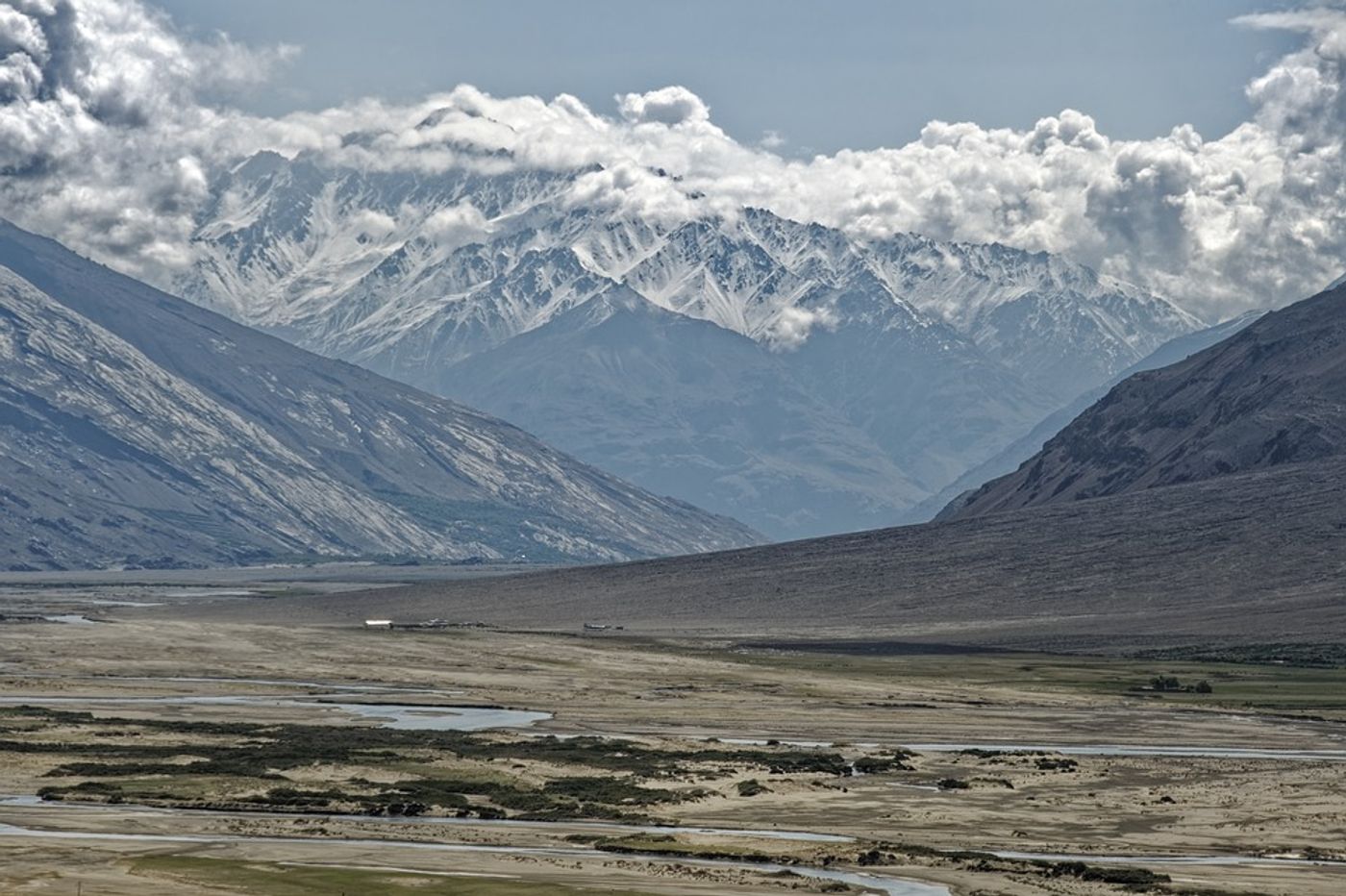Expect more landslides in High Mountain Asia
A new study from NASA/Goddard Space Flight Center highlights the first quantitative study of the link between precipitation and landslides in the High Mountain Asia region of China, Tibet and Nepal. The region has already begun to experience more frequent and intense rainfall events due to climate change; additionally, its proximity to glaciers and glacial lakes could produce natural disasters such as landslides and floods that affect downstream communities.
High Mountain Asia deserves particular attention within our current climate crisis because of its vast water-storage capacity. Excluding the planet’s poles, this region stores more freshwater in its snow and glaciers than anywhere else on Earth. The melting of these glaciers has huge consequences for the over a billion people that live in the high mountain basin and rely on it for drinking and irrigation.
Landslides are one of the devastating consequences that this region has already experienced first-hand. Triggered by heavy rain during monsoon seasons, landslides destroy towns and agricultural fields, contaminate drinking water, and make transportation networks inaccessible. According to Science Daily, monsoon flooding and landslides, this past summer in Nepal, India, and Bangladesh displaced more than 7 million people.
The difference about this study is that it predicts the future of landslides in the region based on simulated future precipitation, instead of depending on records of past landslides or general precipitation estimate models. To do so, the team of researchers used the Landslide Hazard Assessment for Situational Awareness (LHASA) model and the Global Precipitation Measurement mission.
"Other studies have either addressed this relationship very locally or by adjusting the precipitation signal in a general way," said Dalia Kirschbaum, a research scientist at NASA's Goddard Space Flight Center. "Our goal was to demonstrate how we could combine global model estimates of future precipitation with our landslide model to provide quantitative estimates of potential landslide changes in this region."
The predictions from this model report that extreme precipitation events are likely to become more common in the future, which will ultimately increase the frequency of landslide activity. The border region of China and Nepal, in particular, can expect to experience a 30-70% increase in landslide activity.
"Our hope is to expand our research to other areas of the world with similar risks of landslides, including Alaska and Appalachia in the United States," said co-author Sarah Kapnick, a physical scientist at NOAA's Geophysical Fluid Dynamics Laboratory. "We've developed a method, figured out how to work together on a specific region, and now we'd like to look at the U.S. to understand what the hazards are now and in the future."
The study was a collaboration between scientists from NASA's Goddard Space Flight Center in Greenbelt, Maryland; the National Oceanic and Atmospheric Administration (NOAA) in Washington; and Stanford University in Palo Alto, California.









